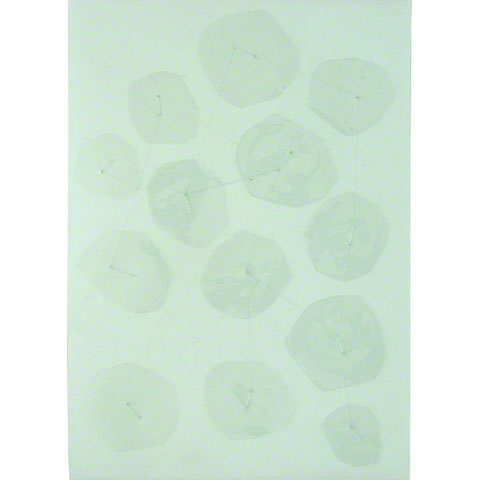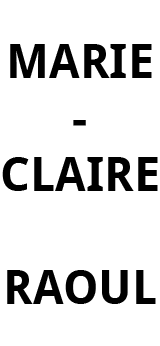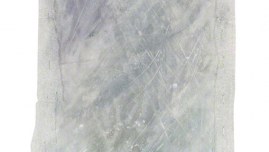The shapes of the scraps I used are all different even though they sometimes come close to a repetitive geometrical shape. The materials are made of either synthetic or natural fibre put together through various methods (compressing, weaving, thermal fusing and so on). They are either smooth or wrinkled, shiny or matte, opaque or transparent. The colours gravitate around the shade of white. The elements here are therefore singular even though they may have some similarities. They are complex from the very beginning. One more layer of interaction is created by connecting one module with an other.
Heterogeneous scraps
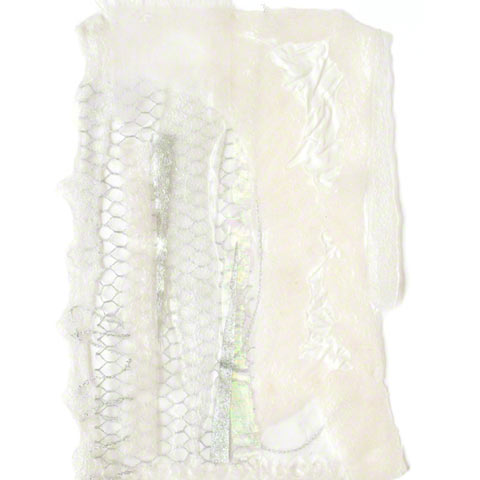
Connecting three fabric scraps
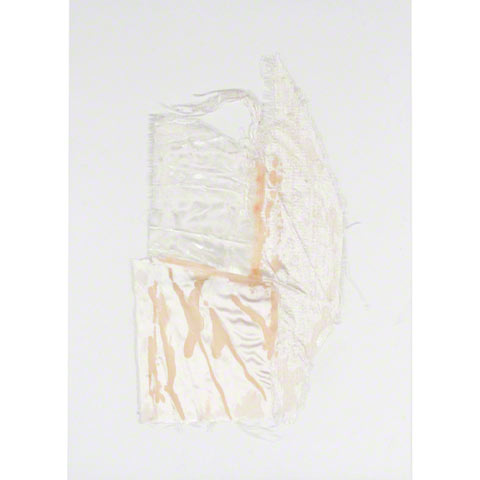
Isolated cell
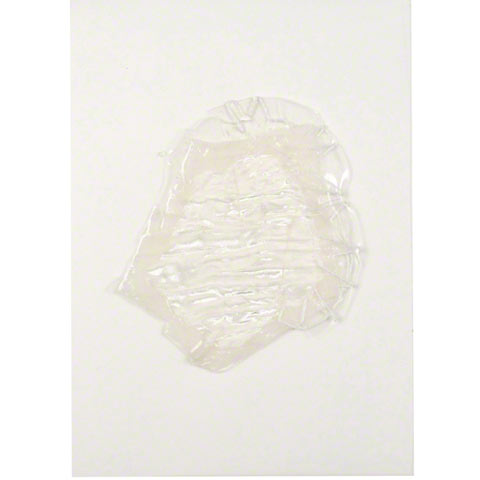
Two cells
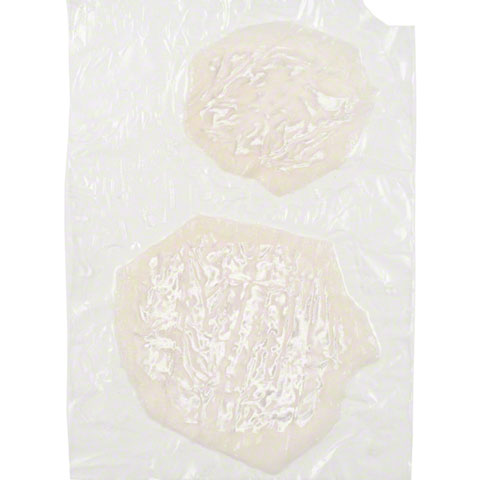
Cell on rectangle, twice
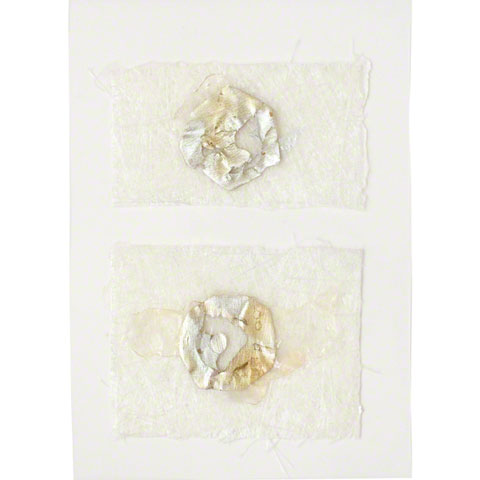
Five cells
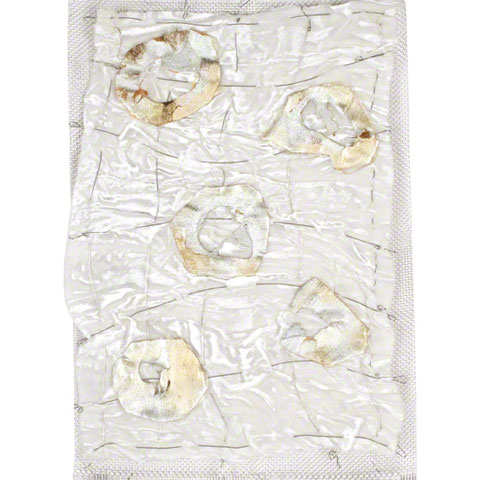
Heterogeneous cells on aluminium
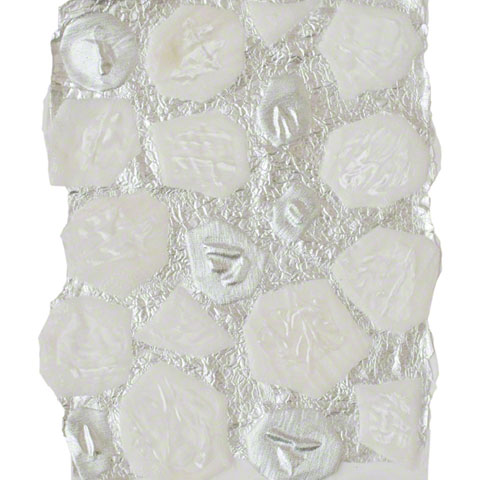
Connected cells
